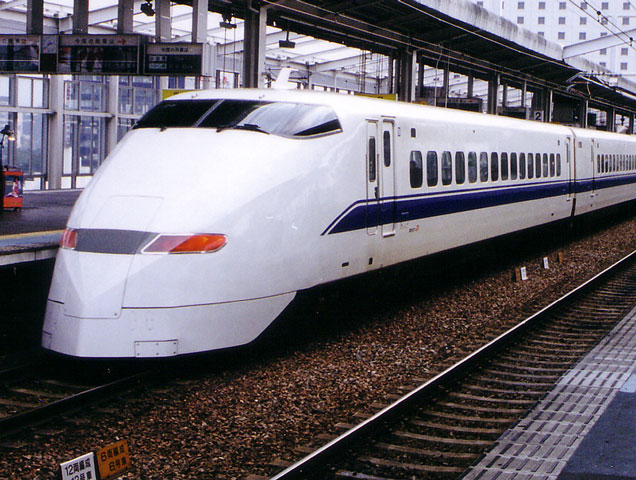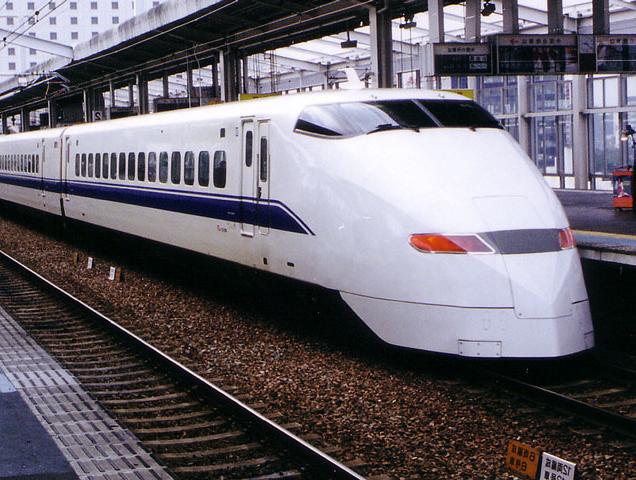
|
|

|
|
Planetary Properties. I

Planetary Properties. II

There is a clear distinction between the Terrestrials, Jovians, Icy planets in terms of the properties listed in the above Tables. (Also, as not apparent from the Tables however, another distinction is that all of the Jovian planets have extensive satellite and ring systems). We also note that there is a dichotomy in the properties of the Jovian planets, in that we have Jupiter/Saturn versus Uranus/Neptune. The cause of the differences between Jupiter/Saturn and Uranus/Neptune is probably due to the timing problem we discussed earlier when we talked about the formation of the Solar System. The reason Jupiter and Saturn are so massive and large is due to the fact that they formed where water ice could exist and thus they were able to grow to large masses rather quickly. Their large masses enabled them to capture the abundant hydrogen and helium gas which explains their composition and their overly large masses. Uranus and Neptune forming slightly farther out in the Solar Nebula, also formed where water ice existed but everything happened more slowly. Before they reached the point where they could capture significant amounts of hydrogen and helium gas, the young Sun ignited became bright, and generated an intense Solar Wind and cleared the gas out of the Solar Nebula. This halted the formation process of Uranus and Neptune not allowing them to reach their full glories.

